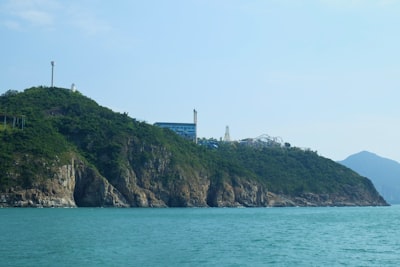North Korea’s recent unveiling of a lavish coastal resort marks another highly publicized infrastructure project under Kim Jong-un’s rule—a move the regime touts as a defining achievement for the year. But behind the glossy façade and official praise lies a complex web of motivations, controversies, and international skepticism.
A Prestige Project with Political Overtones For a country often in the headlines for its nuclear ambitions and isolation, the creation of luxury resorts is part of a deliberate strategy. Touring such developments, Kim Jong-un aims to project an image of prosperity and progress, at odds with North Korea’s chronic food shortages and economic stagnation. Domestically, these projects are used to bolster national pride and legitimize Kim’s leadership, showcasing select prosperity to a population with limited freedoms.
Who Benefits? Societal Impacts and Dilemmas While billed as a boon for citizens, most North Koreans are unlikely to ever set foot inside these resorts. Typically reserved for the elite or showcased to foreign dignitaries (when allowed), these developments stand in stark contrast to rural hardship and international reports of malnutrition.
| Pros | Cons |
|---|---|
| Spurs construction jobs | Diverts resources from basics |
| Boosts elite & regime morale | Worsens income inequality |
| International PR spectacle | Little transparency, oversight |
A Window to Broader Trends This push echoes historical patterns—from autocratic showpiece cities to Potemkin villages—where grand architecture masks deeper societal issues. North Korea’s model is reminiscent of authoritarian attempts to engineer narratives for global and domestic audiences, leveraging spectacle to distract from dissent or deprivation.
Surprising Facts & Relevance Notably, while the resort grabs headlines, UN reports estimate over 40% of North Koreans remain food insecure. Moreover, Pyongyang’s resort ambitions contrast sharply with routine sanctions—few international tourists will ever visit.
Thought-Provoking Perspective Ultimately, the resort’s opening is less about tourism or domestic uplift and more about controlling perception—a calculated effort by a sanctioned regime using architecture as propaganda. For observers, these projects are a reminder to look beyond surface glitz and interrogate who truly benefits.
This article was inspired by the headline: 'North Korea opens huge coastal resort as Kim celebrates 'one of the greatest successes this year''.

Comments
No comments yet. Be the first to comment!